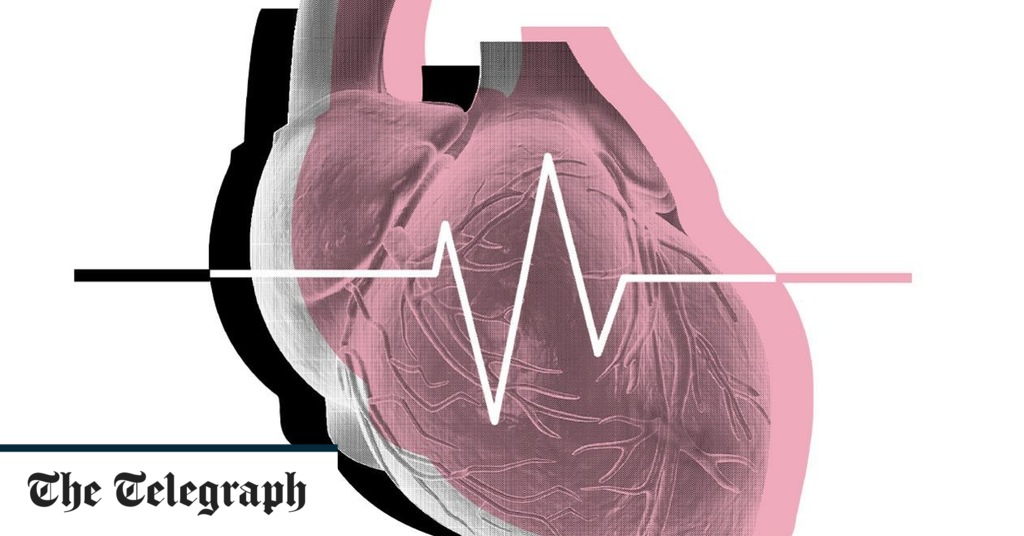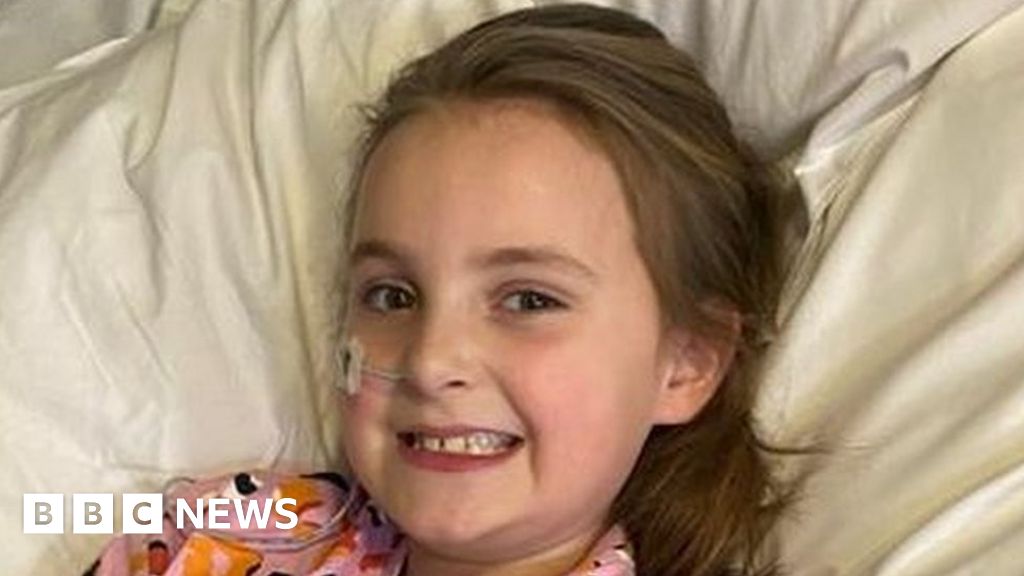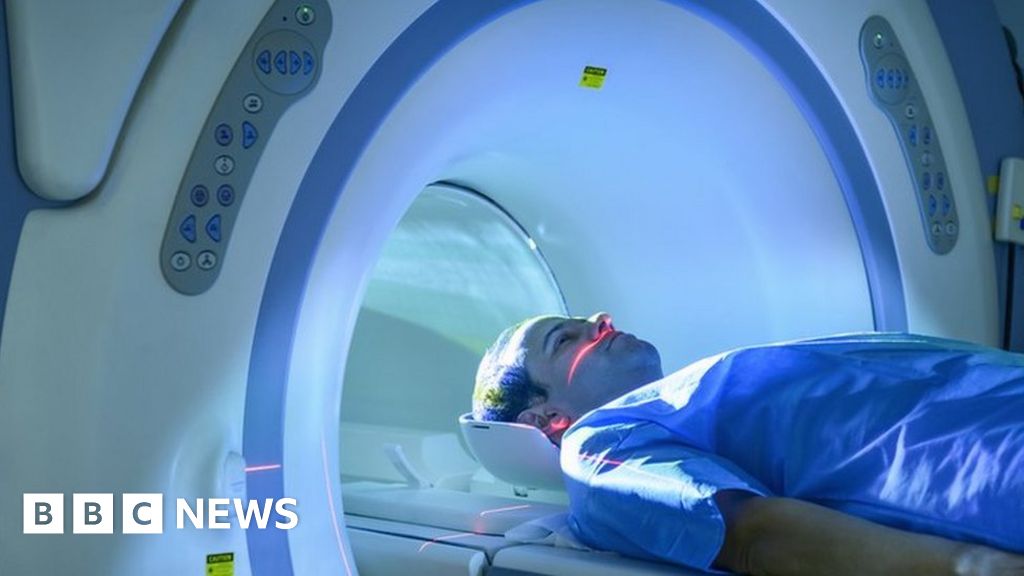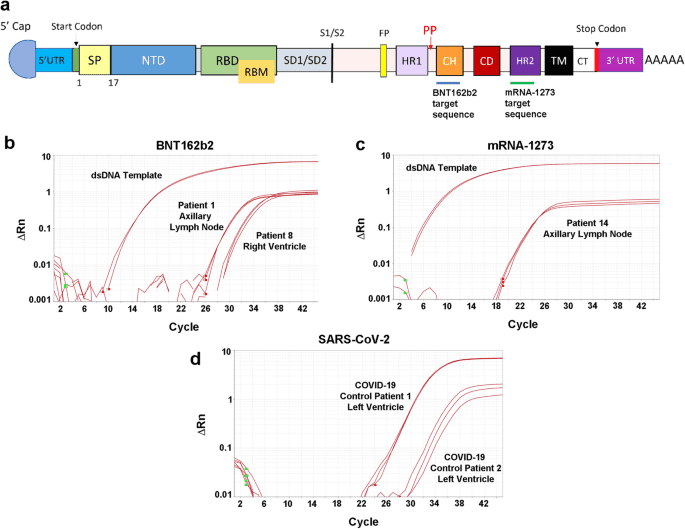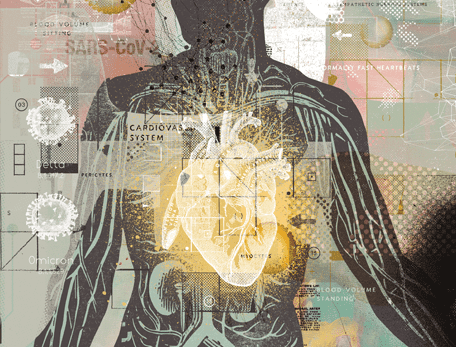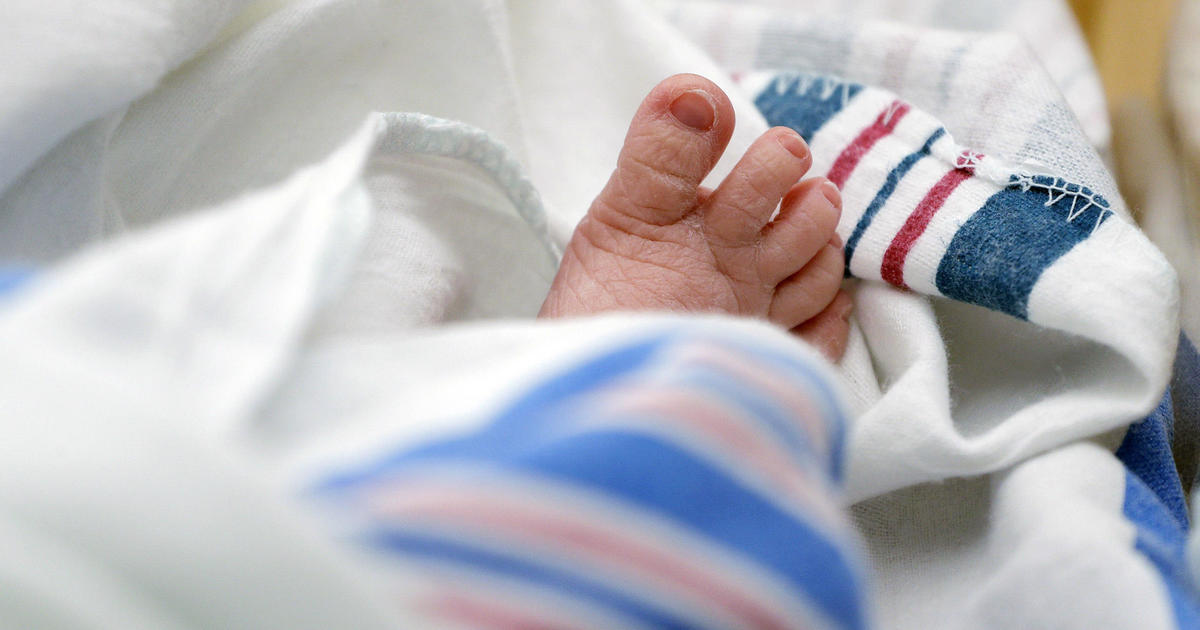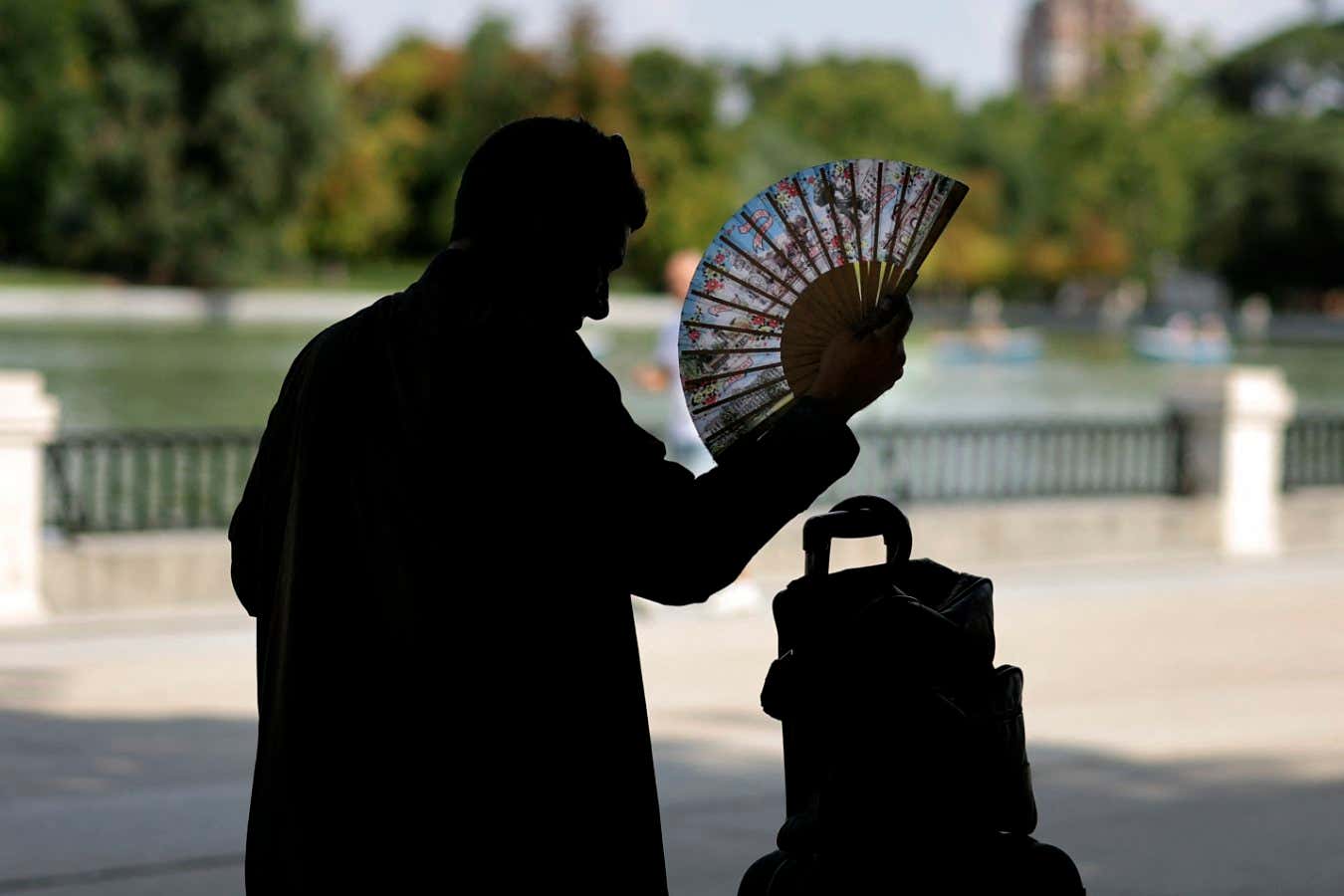
Summer 2022 heatwaves killed 61,000 people in Europe
Last year's summer was the hottest season ever recorded in Europe, and a new estimate shows there were over 61,000 heat-related excess deaths during this period
I was close to putting on the heating last night - this morning the BBC was bull****** about heatwaves.

What is causing the heatwaves? - BBC Sounds
A meteorologist explains the science behind the extreme heat


